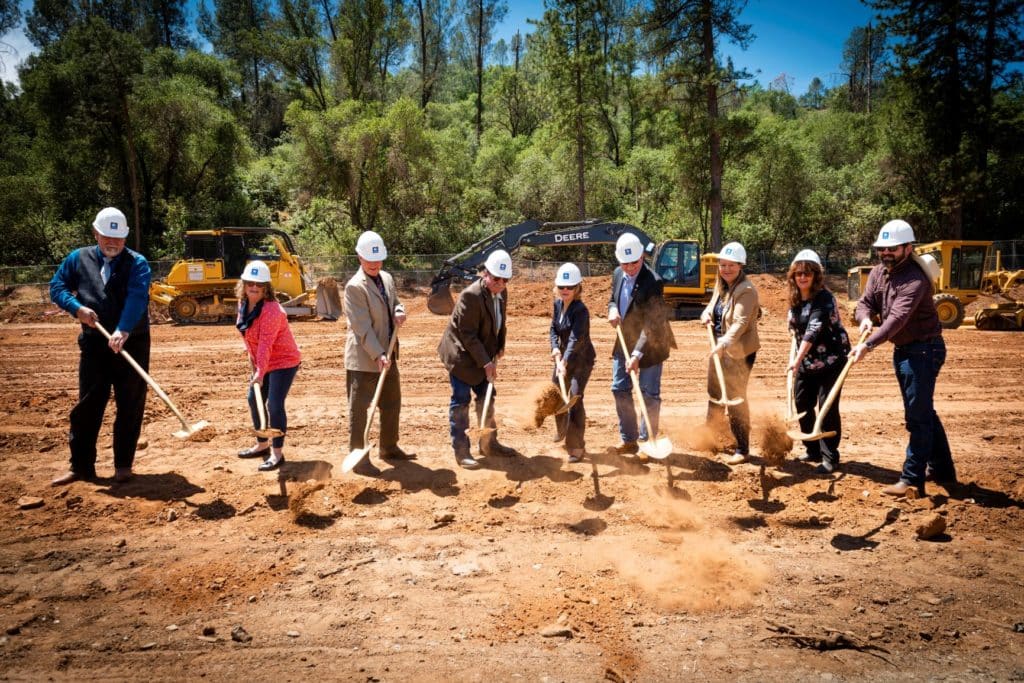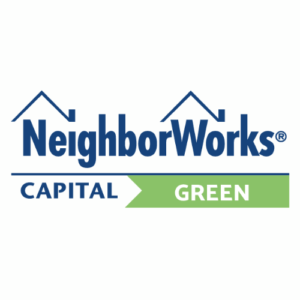The view from California
In April members of the NeighborWorks Capital team attended the annual Housing California Conference that examined how we can collectively advance systems change and structural reforms within the housing justice movement. To continue the conversation, we spoke with Tom Collishaw, President/CEO of Self-Help Enterprises to learn more about the work that his organization is doing to address housing affordability, homelessness, and the impacts of climate change, starkly evident in diminished water supply in California.

Tom Collishaw’s 40-year career with Self-Help Enterprises started when he was a VISTA volunteer in 1980. After spending a few years on the East Coast, he returned to Self-Help Enterprises and has been a part of each new endeavor the organization has embarked on since.

Self-Help Enterprises is a nationally recognized community development organization serving eight counties in the heart of California’s San Joaquin Valley, the world’s most productive agricultural area. Self-Help Enterprises works with low-income families to build and sustain healthy homes and communities.
What has been the focus of Self-Help Enterprises over the last few years, and how are things going?
We’ve been in an incredible growth mode for the last eight years building our staff, programs, and impact, but the biggest changes have been our work in rental housing development and water. We’ve tripled our production of rental housing and added a significant effort to provide solutions to the homelessness crisis with permanent supportive housing. We’ve also expanded our partnerships by working with a Native American tribe and two local nonprofits to support their projects. An important part of expanding our impact is building capacity in our region, which is severely lacking for development entities.
We’ve also had dramatic growth around water and the work we do on infrastructure. We’re working in small communities to assist with water and wastewater systems, and provide leadership development, technical assistance, and access to resources to solve challenges around quantity or quality of water. Recently we’ve been providing direct relief to individuals with failing domestic wells. Because of the current drought cycle, agriculture is not getting water deliveries they are used to, and ground water is being over-drafted. Households and small rural communities are competing with agricultural users for water, and domestic wells are running dry. We’ve placed 1,000 temporary water tanks on properties, and we’re getting water delivered so that people are not displaced from their homes. On the back end, we’ve drilled over 350 new wells in the last two years, and we’ll do 1,000 more before we’re done.
What funding and assistance are you seeing from the state and local level, and is it enough?
One of the things that has allowed for the dramatic increase in rental housing development has been an unprecedented period of resources from the state of California through voter-approved bonds and general funds from the state budget. The current administration has put several billion dollars into homelessness and permanent affordable housing, which is desperately needed to address our affordable housing crisis. The state of California needs 2 million more homes, and we’re building at a rate of less than 125,000 a year, so it continues to be a crisis, and it’s a good thing we’ve had a budget surplus to support these efforts.
We use a combination of LIHTC and state resources for each of our deals, and state funding has been instrumental to our work around the drought. While we’re thrilled the state has recognized the depths of our housing crisis and has taken steps to provide resources, it’s precarious funding since it is based on surpluses. One sliver of hope is an important piece of legislation, the Permanent Local Housing Allocation, that was passed to create a modest fee around real estate recording. It’s not as robust as we had hoped – there are a lot of exemptions, and the revenue is not enough to put a dent in our housing problems – but it’s a permanent source of funding, and that is important.
You recently attended Housing California’s annual conference. How was it, and could you share some key takeaways?
It was so nice to be in person with other people! Housing California is an intriguing mix. They’re the leading voice around homelessness in California and an advocate and convener of housing issues. They’re actively involved in resident leadership at affordable housing complexes, plugging resident leaders into broader housing issues, while also including more traditional affordable housing development and developers.
My major takeaway is that we finally have a robust array of state law in California that, from a community acceptance standpoint, protects development from the vagaries of local decision making. The state has taken a watchdog approach to local governments who might otherwise do the wrong thing. We have laws where, if you have the zoning, you can develop by-right and avoid the exhaustive and sometimes obstructive public input process. But across the spectrum, we need more housing. We still have vast pockets where it’s very difficult to develop, both from an approval and expense standpoint. It’s a challenge, but it’s all hands on deck, and we have financial and legal tools to support our efforts.
What can other states learn from California to address similar housing challenges across the country?
California is not afraid to put forward solutions to persistent problems. We are a leader on climate change and sustainability with our Cap-And-Trade Program, providing real resources for housing development. We’re developing programs to retrofit housing projects, decarbonizing and making them more energy efficient and stable.
We need to be a leader in climate resiliency because we’re dealing with wildfires, drought, and many other climate issues. With our energy code, we are on a track to get to zero net energy on everything that we build. We now have a solar requirement, so builders must meet a minimum solar power generation threshold on every residential unit. The requirements are comprehensive and include the building envelope, appliances, landscaping, and additional factors.
California is undergoing an experiment right now, and there are going to be some lessons learned from it. We have constructed an affordable housing delivery program in California that prioritizes permanent supportive housing for those under 30% of area median income. We’re housing people that are coming off the street from homelessness. It’s a big social experiment that we’re going to watch unfold over the next 10-15 years, and we’ll have some comprehensive data from it. California has embraced a housing-first approach to solving our housing problems, and I count that as a really good thing.











